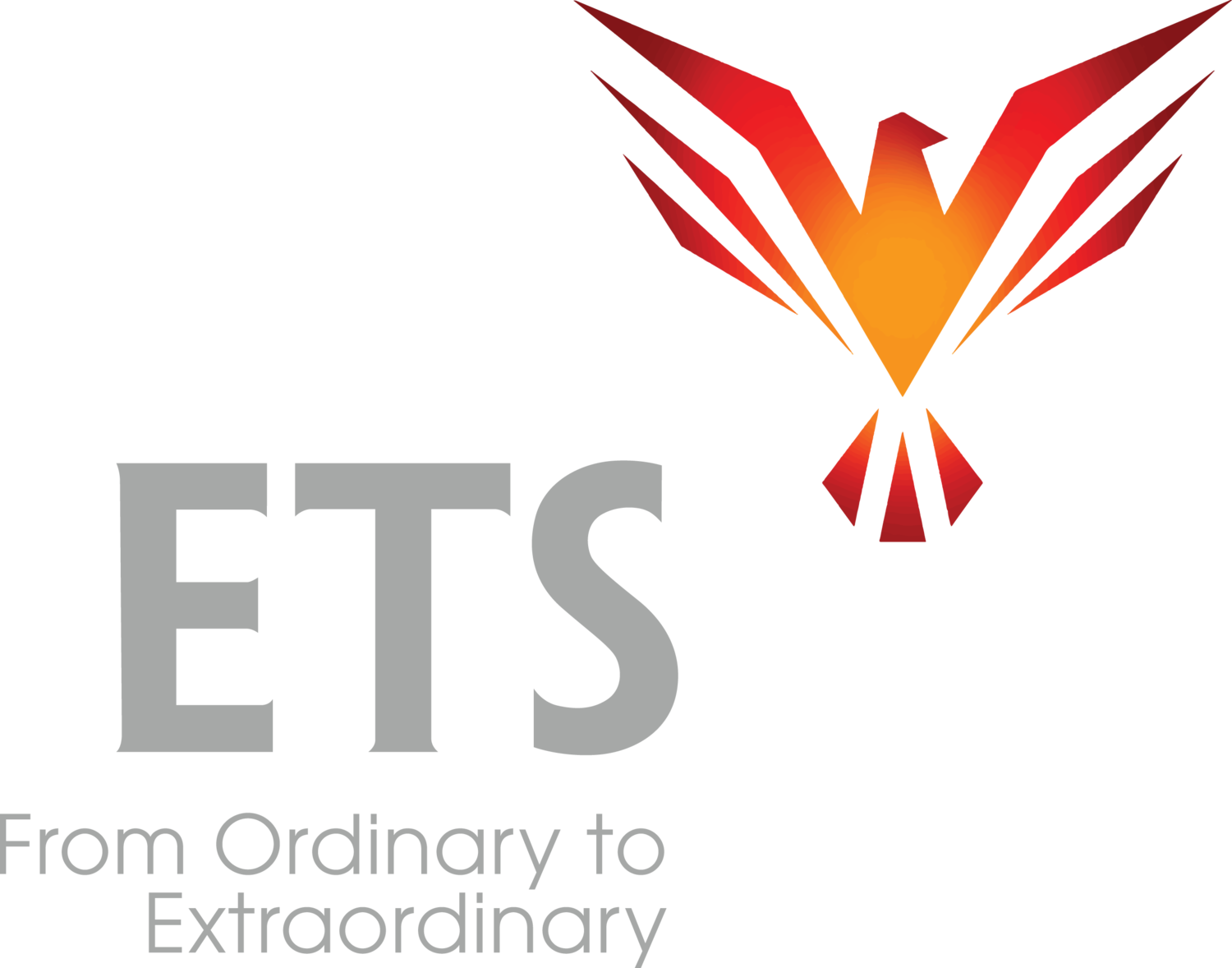Imagine being in a really good movie. Would you interrupt what’s happening on the screen? Never! You would never let anyone else interrupt either until it’s over.
The audience only gets restless and starts to talk, or wants to do something else, when what’s happening in front of them doesn’t hold their interest.
The right question to ask yourself is, “What does it take to be uninterruptible? What does it take to be so good, everyone wants to hear everything I have to say? How do I keep them totally captivated from my first word to my last?”
When do you give up on someone? That’s something only you can answer, but when the answer to this question affects tens of thousands of people, it’s worth pushing the limits of not giving up.
I’ve seen communication succeed despite all odds, and this is where REAL skill comes in.
